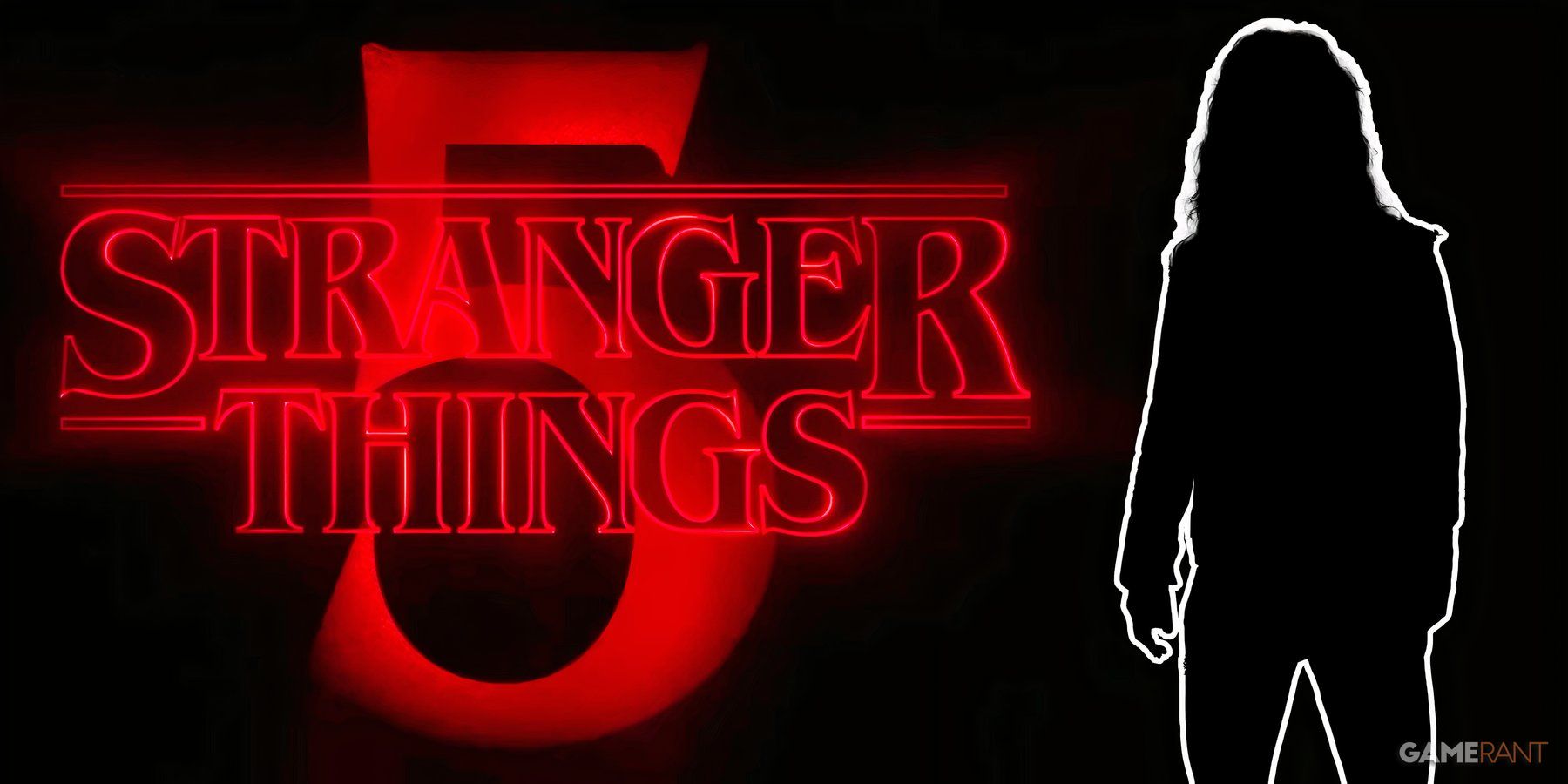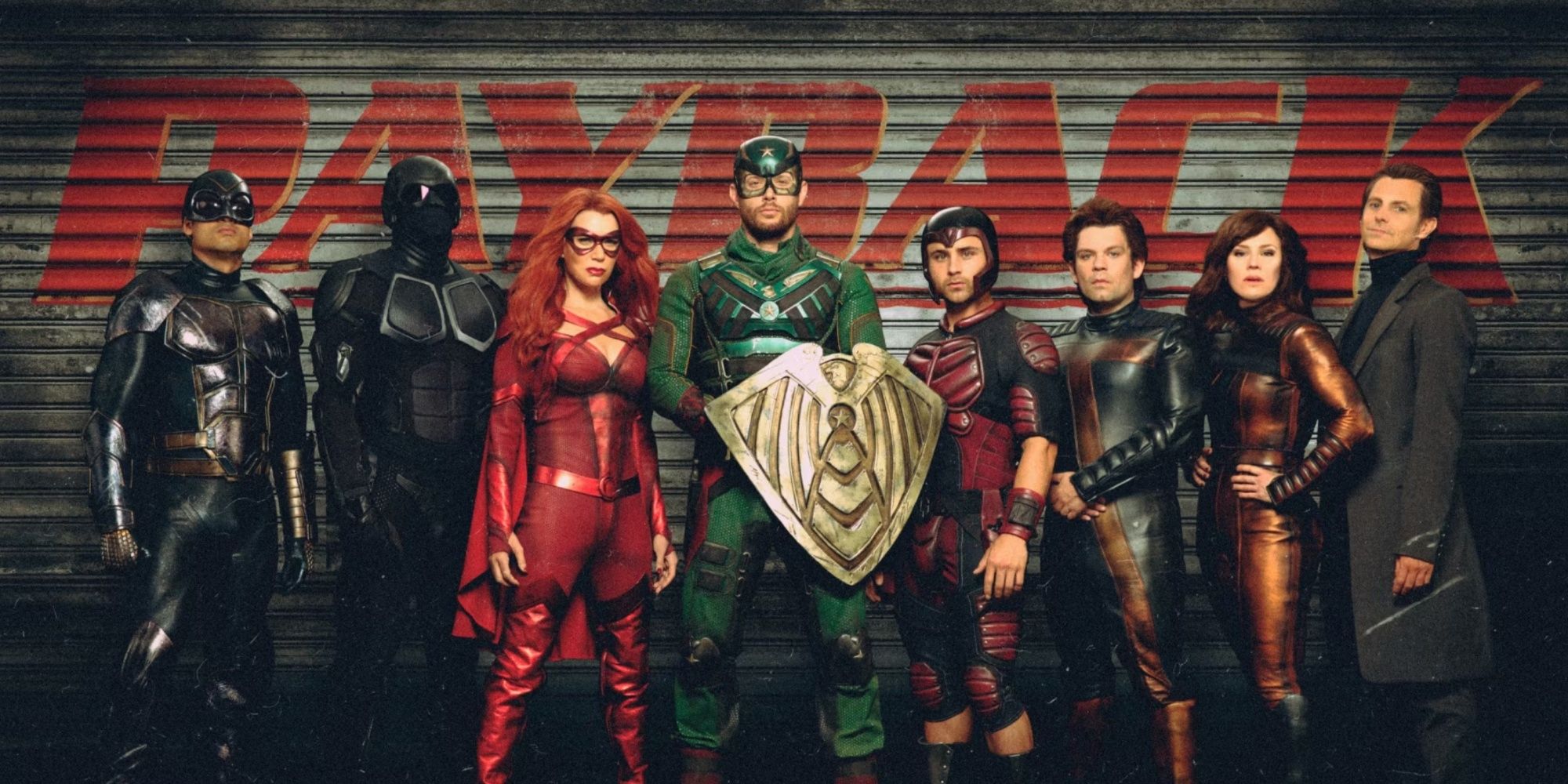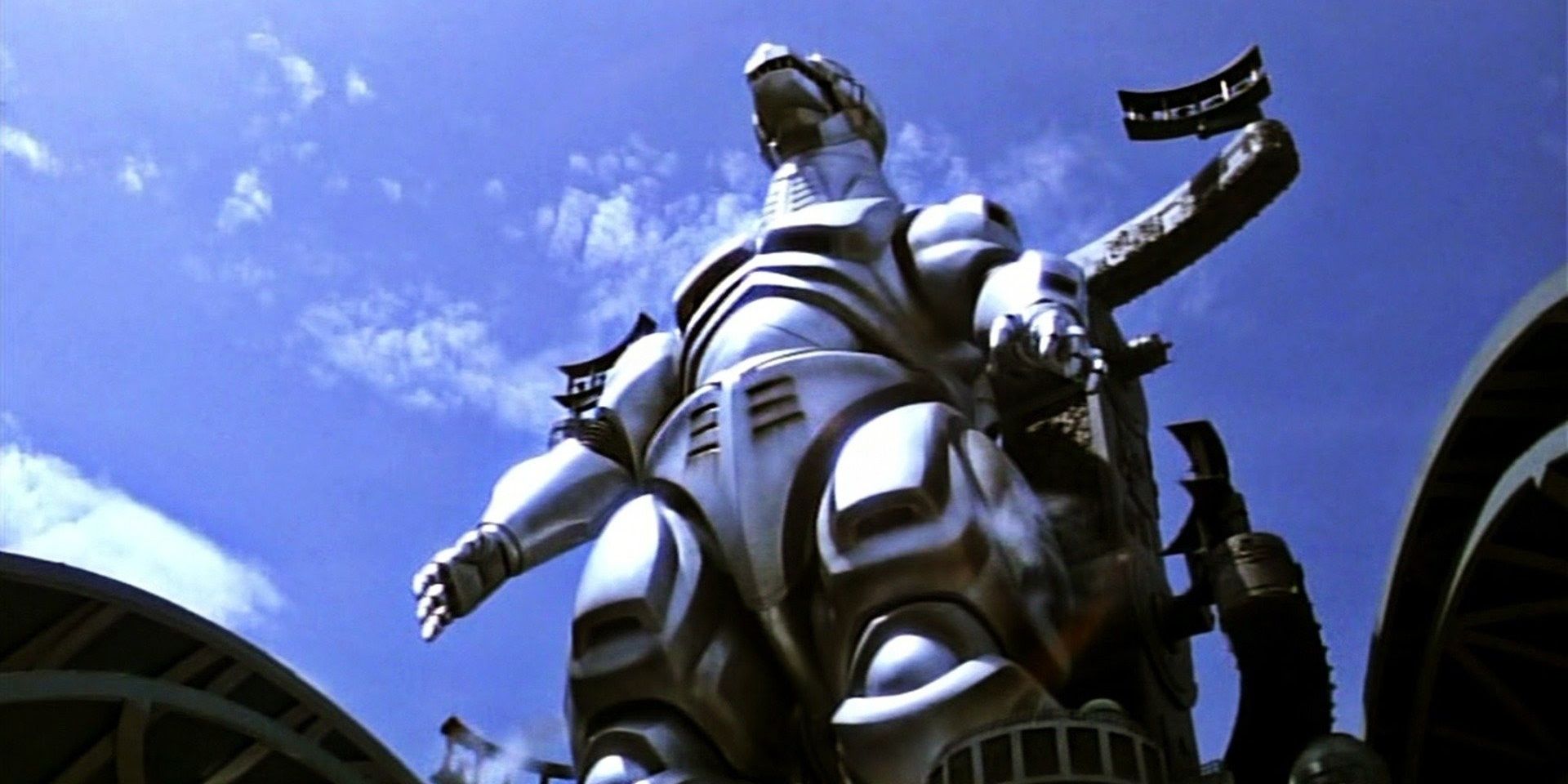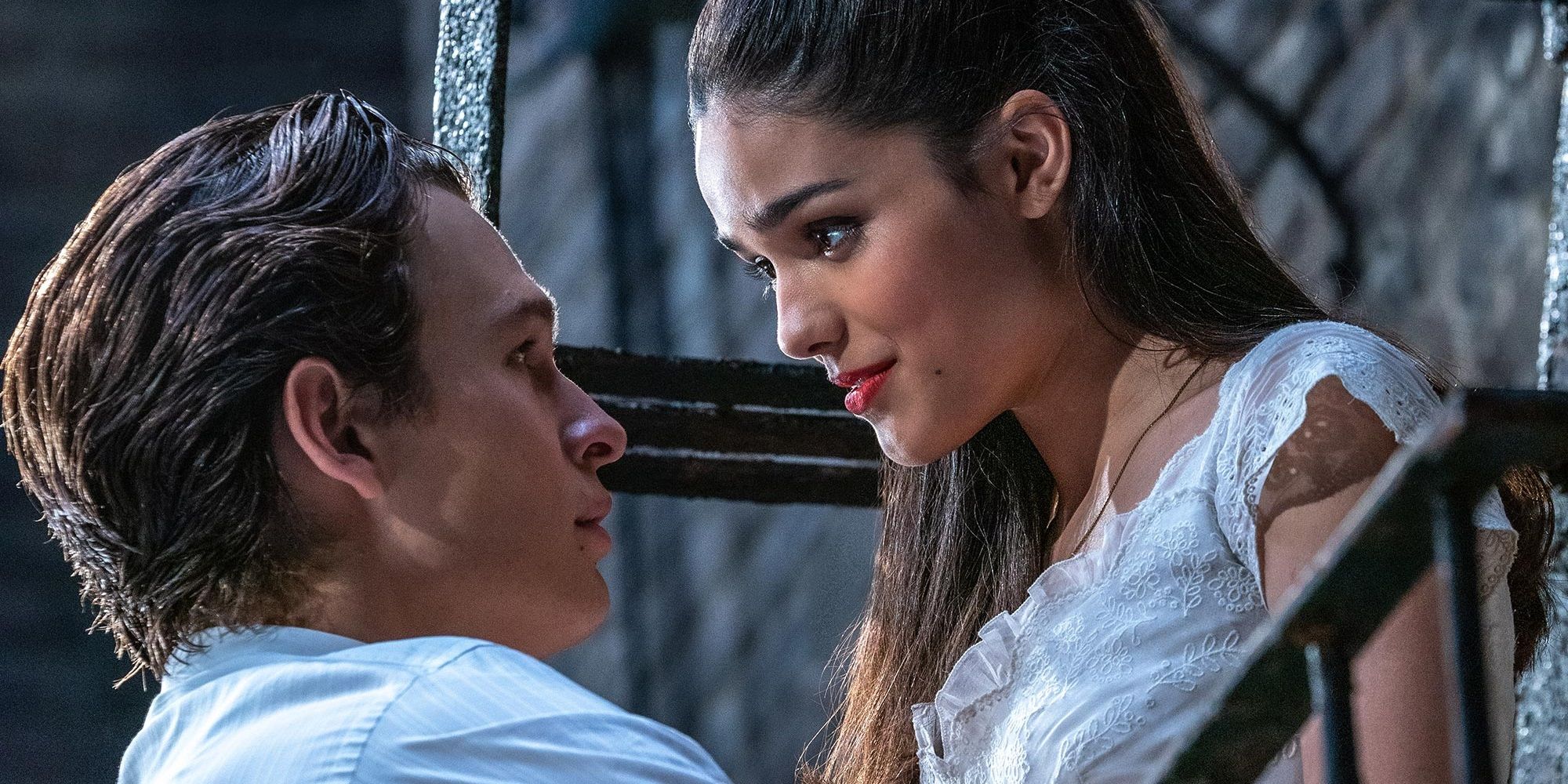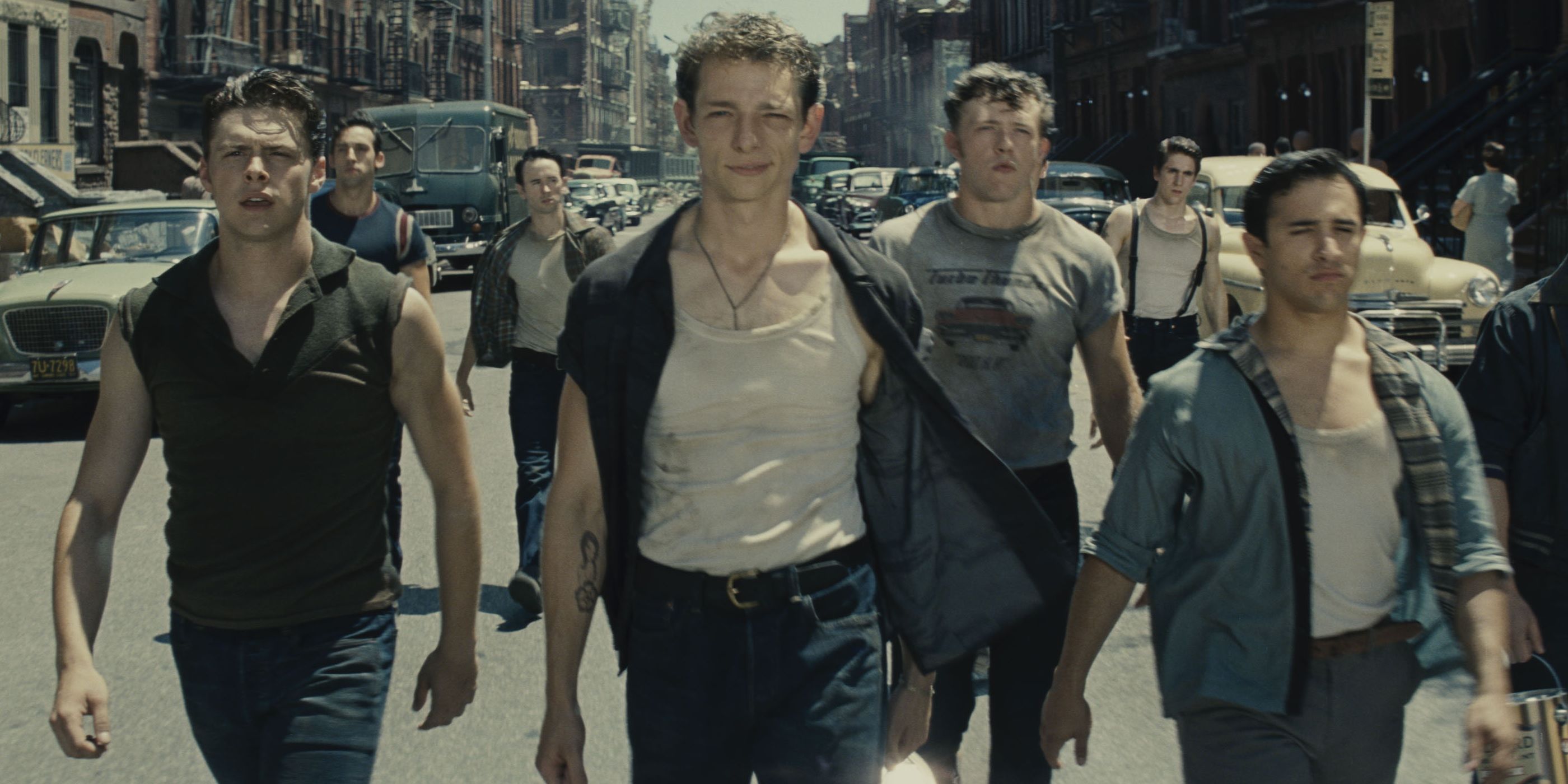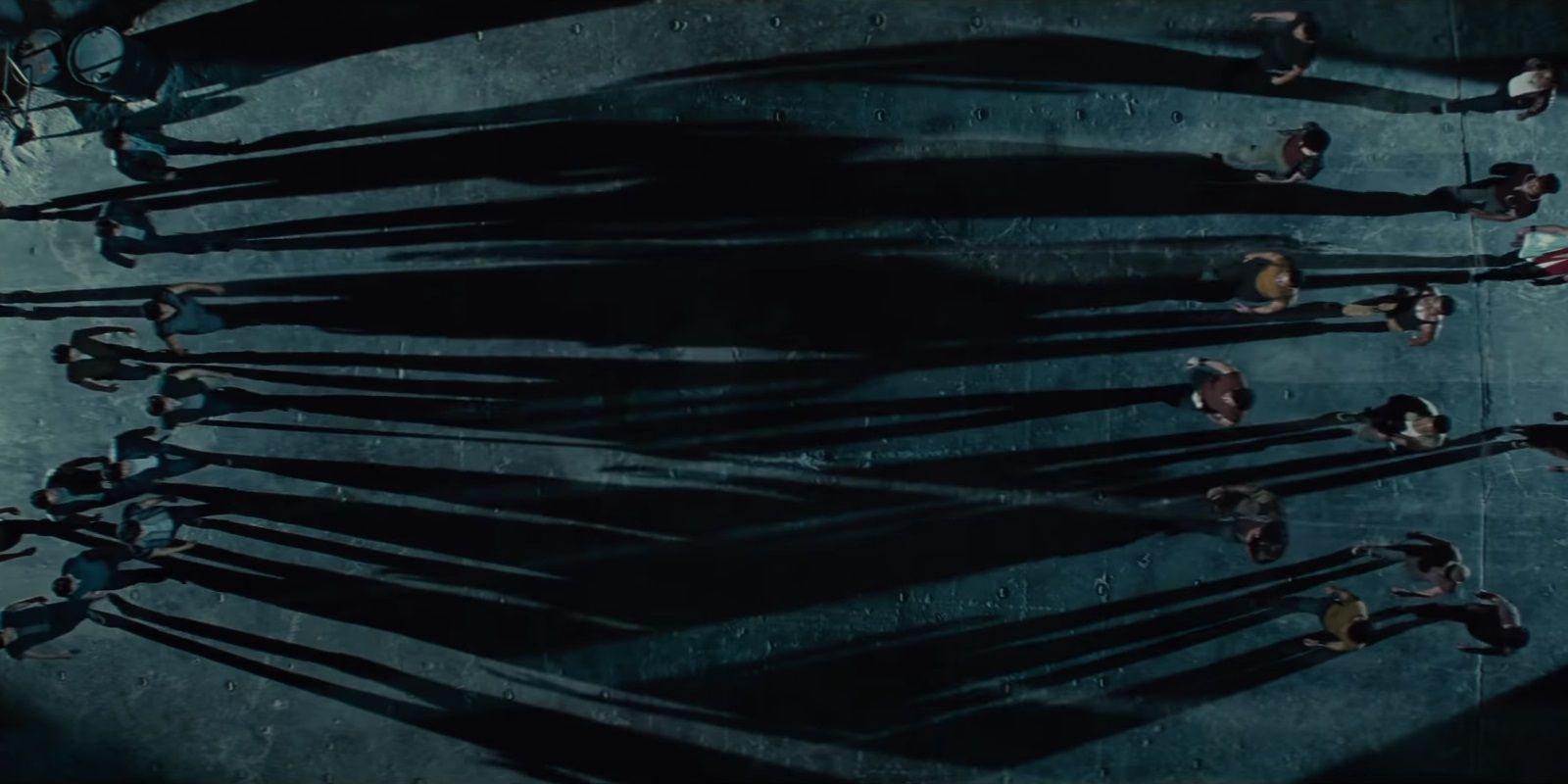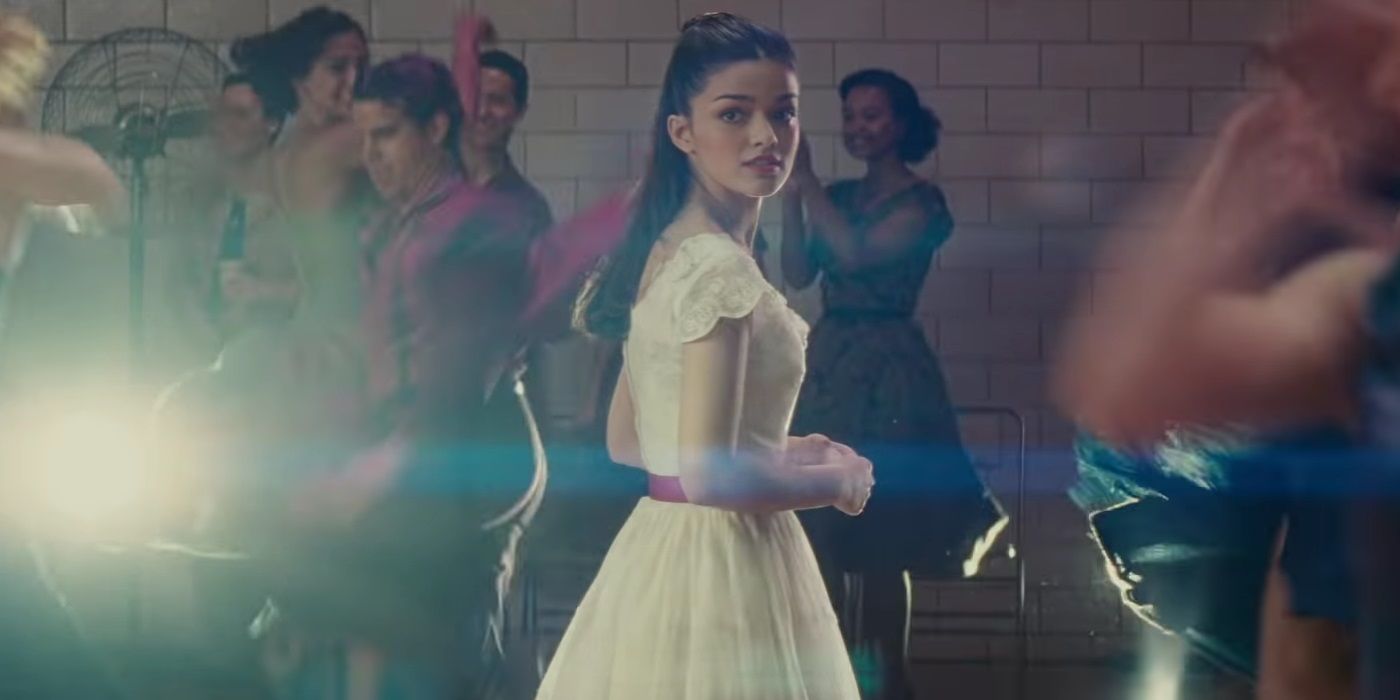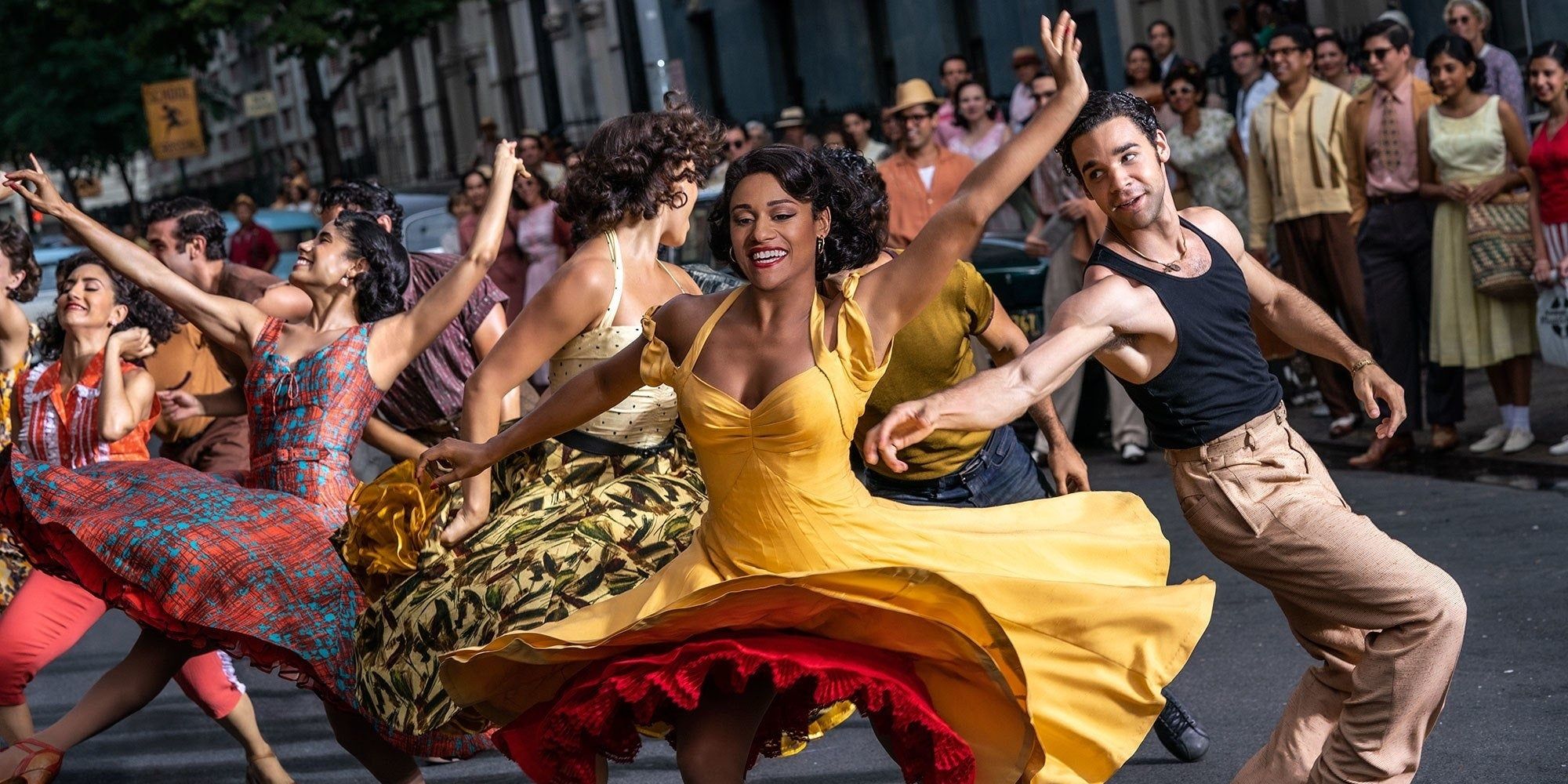Remaking any movie is a tricky challenge, but it’s especially difficult to remake a Hollywood classic that’s widely considered to be one of the greatest movies ever made (at least in its genre). 60 years after Robert Wise and Jerome Robbins’ groundbreaking film adaptation of West Side Story hit theaters, Steven Spielberg has dared to retell the classic musical on the big screen. Thankfully, despite having Oscar-sized boots to fill, Spielberg’s more faithful adaptation of the Broadway show is a triumph.
As great as the 1961 movie is, Spielberg's West Side Story might be an even greater cinematic achievement. More than half a century after the Romeo and Juliet-inspired musical premiered on Broadway, Spielberg highlights its most relevant themes: gentrification, racial tensions, hate begets hate. Spielberg and co. have taken a decades-old story that takes place even further in the past and made it feel current.
Set in the Upper West Side of New York City in the mid-1950s, West Side Story charts the turf war between the Jets and the Sharks, who organize a “rumble” to determine which gang will assume leadership of a neighborhood undergoing drastic change. The gangs’ rivalry intensifies when Tony (Ansel Elgort), a recently paroled Jet, falls in love with María (Rachel Zegler in her feature film debut), the sister of the Sharks’ leader.
There’s A Lot More Camera Movement In This Version
One of the stars of 2021’s West Side Story is the breathtaking cinematography by frequent Spielberg collaborator Janusz Kamiński. In the 1961 movie, the camera remains mostly static to capture every second of the choreography like an audience watching it on a stage. In the dazzling 2021 remake, Kamiński’s camera is a lot more involved, incorporating more of what cinema has to offer.
Kamiński’s camera whirls around each musical number like one of the dancers, swooping through crowds of performers perfectly in tune with one another. The movie has plenty of classic Spielbergian oners, meticulously staged and visually stunning.
The new West Side Story shares the 1961 version’s unwieldy two-and-a-half-hour runtime – it’s actually four minutes longer than the original – but Tony Kushner’s script is briskly paced and economically constructed. Thanks to Kushner’s sharp storytelling, Spielberg and Kamiński’s glorious visuals, and Michael Kahn and Sarah Broshar’s succinct editing, West Side Story’s 156 minutes fly by.
One key stylistic difference between the two West Side Story movies is their depiction of gang violence. In the remake, gang violence isn’t a dance; it’s violence. It’s rough and brutal and surprisingly bloody for a PG-13 movie. With catchy finger-snapping and rhythmic fighting, the 1961 original borders on glamorizing gang violence. The 2021 remake has the iconic finger-snapping, but once the fists start flying, it’s a real brawl.
Led By Breakout Star Rachel Zegler, The Cast Is Phenomenal
Elgort does a fine job as the male lead in the West Side Story remake. While his accent occasionally slips in and out, he gives a sympathetic portrayal of Tony and plays into the Shakespearean tragedy of the finale beautifully. But the real star of this movie is his co-star, Zegler, who plays María as both fierce and vulnerable, puts her own spin on all the familiar songs, and sells the reality of both the heartwarming romantic moments and the harrowing dramatic moments. Elgort gives a memorable enough turn as Tony, but Zegler steals the show with a career-making turn as María.
Backed up by a sprawling ensemble cast, Zegler and Elgort are surrounded by impeccable supporting performances. Rita Moreno, who famously played Anita in the 1961 original, appears in the remake as Tony’s sweet but tough-as-nails landlady. She gives an impassioned monologue when she steps in to save Ariana DeBose’s equally lovable Anita in the darkest scene. Corey Stoll disappears into the role of hammed-up, hard-boiled cop Lieutenant Schrank, much like his uncanny portrayals of Ernest Hemingway in Midnight in Paris and Junior Soprano in The Many Saints of Newark.
Josh Andrés Rivera gives an unforgettable turn as Chino, María’s other suitor. As in the original, Chino starts off the movie as a mild-mannered geek that María’s brother Bernardo won’t let in the gang, but ends up a gun-toting maniac. Rivera digs deep and goes to some dark places in this character’s emotional journey. Brian d’Arcy James, most recently seen as Kate Bishop’s dad in Marvel’s Hawkeye series, gives a hilariously bumbling turn as Officer Krupke.
Leonard Bernstein’s Music Is Livelier Than Ever
Arranged by David Newman and recorded by the Philharmonics of both New York and Los Angeles, Leonard Bernstein’s timeless orchestrations are livelier than ever before in 2021’s West Side Story. The cast knocks classic musical numbers like “America,” “Tonight,” and “I Feel Pretty” out of the park. The new renditions – particularly Zegler’s – evoke the familiar sound of the original recordings while putting a fresh twist on them.
Without spoiling it for anyone who hasn’t seen the original movie or the stage musical, Spielberg nails the somber ending of the piece. With perfect pacing, palpable emotions, and a powerful monologue delivered by Zegler, the final scene of 2021’s West Side Story beautifully hammers home the story’s “violence begets violence” message.
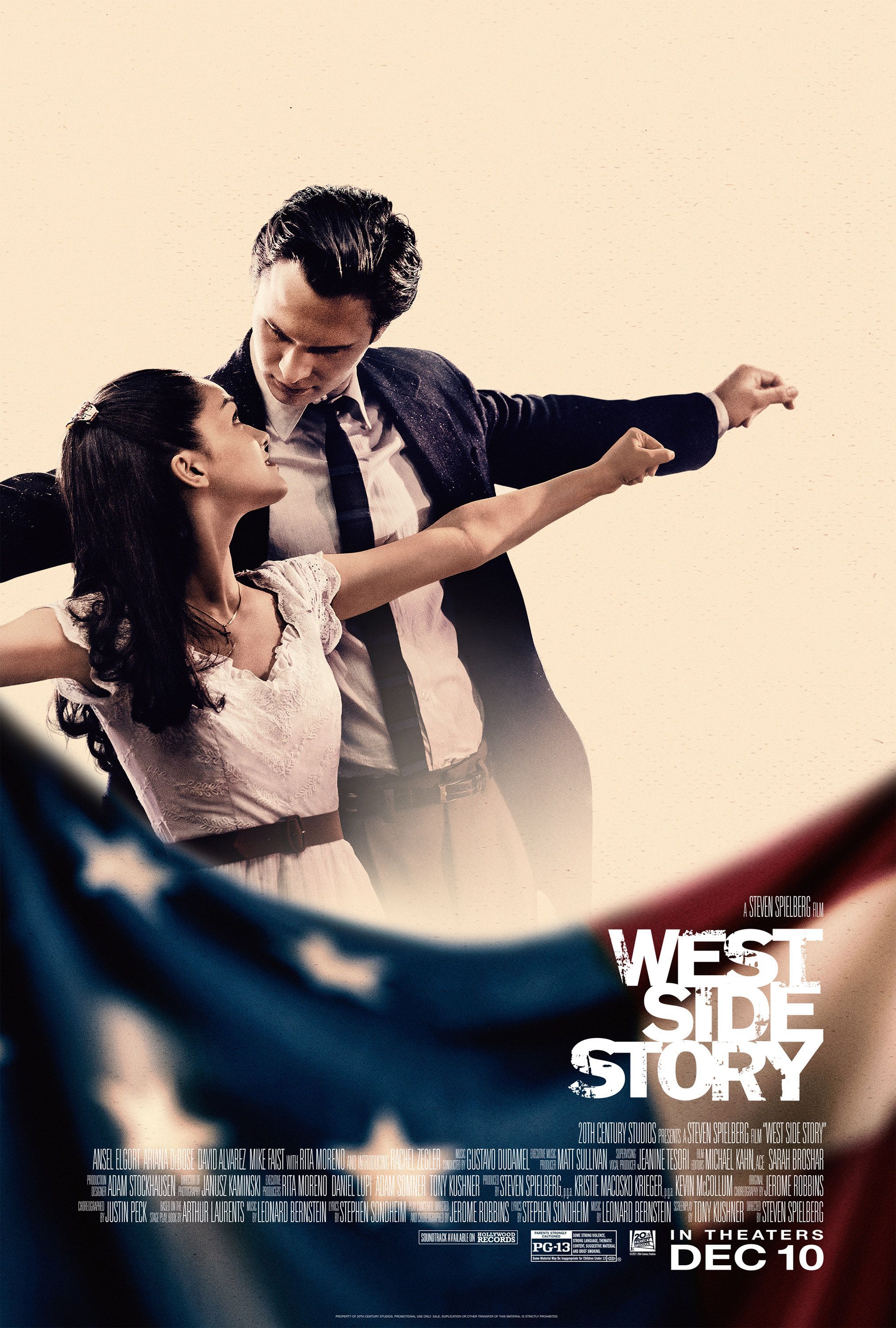
West Side Story
Based on the 1957 Broadway musical, Steven Spielberg's West Side Story is the second feature-length film to adapt the musical for the big screen. Starring Rachel Zegler and Ansel Elgort, the film tells the story of the forbidden love between a young couple on opposite sides of a conflict between two rival gangs in 1950s New York City.

